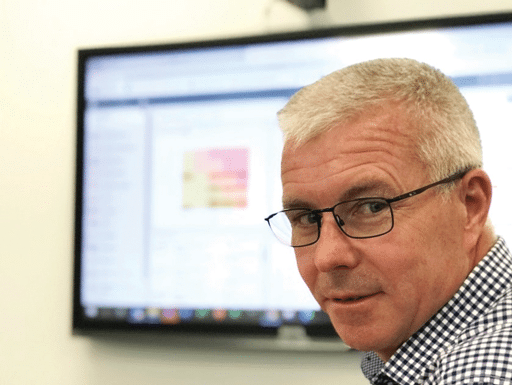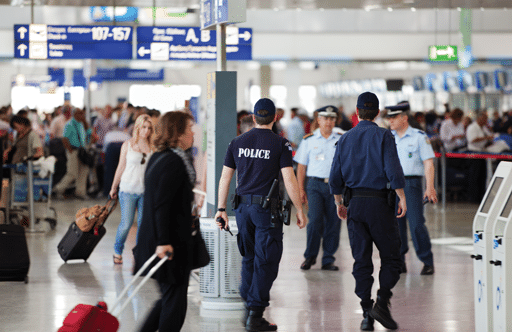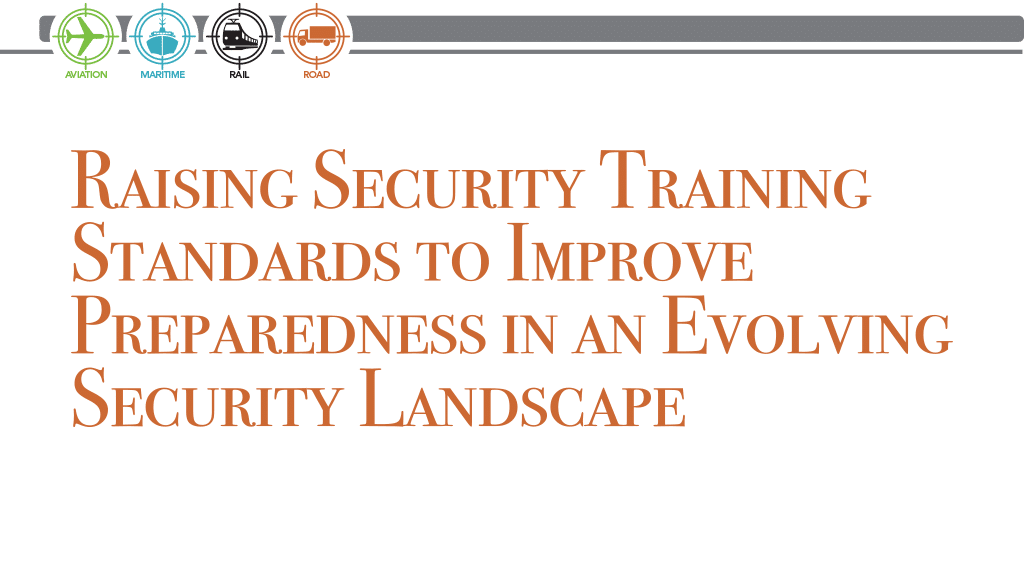Preparedness facilitates greater alertness of threats to security through continuous assessment of evolving risk, robust and repetitive training and routine practice, as well as clear escalation and response procedures, and ongoing quality assurance.
As new, and often unpredictable terrorist tactics emerge, it is imperative that the security industry evolves with the changing security landscape where high-volume public spaces and transport networks have become a prime target for terrorist attacks designed to achieve maximum notoriety. Industry should support working collaboratively towards setting standards for the effective application of security measures and processes in large public spaces and transport infrastructure, underpinned by rigorous and certified training standards, practices and outcomes.
Leading the way is aviation security, reinforced by a mandated syllabus and quality assurance framework that is overseen by the Civil Aviation Authority (CAA), with performance and quality-based metrics. The robustness of aviation security training processes enables better preparedness across a broad range of threats and vulnerabilities with a capability that is standardized and reliable in its delivery of threat mitigations which are repeatedly assessed to be assured of their effectiveness.
Aviation security trainers are certified by City & Guilds or are required to have a Certification Instructor Number (CIN) validated by the CAA, but this level of certification is not yet pan-sector wide. Outside of aviation security training, quality assurance is not framed in legislation and in many cases by any form of directive. Without a requirement for academic or vocational qualification, many organizations employ trainers without certification of theoretical study and practical experience of an accredited syllabus. Alarmingly, some security trainers are wooed by available courses that allow them to breeze through within a short timeframe, leaving them ill-equipped to provide effective protection.
The public should have the assurance that security personnel have been trained to the highest standard to deliver the outcomes of accredited knowledge transfer confidently and effectively. Furthermore, after initial training, periodicity of assessment and refresh are crucial to maintain readiness for action and the required level of protection.
Behavior Detection Awareness
Industry has a duty to analyze training needs more effectively to enable more robust delivery and better preparedness.
Behavior detection awareness skills play a significant role in achieving preparedness of security personnel in high footfall spaces and infrastructure. The ability to detect unusual behavior, such as individuals working later or starting earlier than normal, someone carrying a bulging rucksack or someone who looks nervous, jumpy in a public area, is crucial to prevention activity.
All personnel who encounter people, are located close to vehicles, or sit behind a CCTV camera, should undergo behavior detection awareness training (as a minimum) to help mitigate risk. The training hones observation skills to identify potential hostile reconnaissance, preparatory assessments, dry runs or approaches to an attack, and sharpens an individual’s instincts to share suspicions with their superiors. Behavior detection awareness training can be provided at low cost and implemented at pace, yielding high impact results to reduce risk and to better protect the public.
A higher level of behavior detection training can be provided for security staff to become behaviour detection officers with the necessary tools and skills to respond swiftly. By shifting the security sector mindset to be pre-emptive and prepared, threats can be identified and intercepted to prevent activity escalating to catastrophic effect.
Working with Technology
As technology advances, increasingly sophisticated security equipment is being deployed in airports but across critical national infrastructure and spaces that attract high volumes of people security equipment is largely limited to expensive CCTV systems.
No matter how advanced the CCTV system is, the user must be fully trained in the use and aims of equipment and its capabilities. CCTV cameras can act as a deterrent, and images can be used as evidence post-event, but it is unfeasible for the user to have eyes on ten CCTV screens all at once, to notice suspicious behavior that is caught on just the one camera, and then act to intercept.
An advanced CCTV camera system can be programmed to spot irregularities to the pattern of life, such as a large crowd of people moving at one mile per hour on the concourse of a city train station. If a camera spots a static item or someone running, the camera will bring these to the user’s attention, but it cannot make the decision to respond or act. Therefore, users need to have the knowledge, skills and behavior to respond to whatever has triggered the technology, because if it is left unmanaged, the consequences could be lethal.
Without investing in knowledge transfer and response skills through proper training, a high-tech system can provide a false sense of security. In a trained environment, the user behind the camera will report the trigger to a behavior detection officer, who is trained to escalate an interceptive response.
To better protect people in large public spaces, pan-sector, the security industry needs to take control of the standard of training input to control the standard of output. The more inadequate the training, the more serious the consequences and therefore it is critical that training input does not merely skim the surface and tick a box.
Quality Assurance
Quality assurance of security through covert and overt testing aims to obtain a clear picture of security effectiveness and to quickly identify any failing mitigation.
Embedded within an organization’s established systems and processes, covert testing serves to identify gaps in measures and procedures, and to provide recommendations for improved preparedness.

If businesses and organizations are paying millions of pounds for security equipment, resources and complex operations, they must be confident of the return on investment and that the security provision will mitigate the risks it is designed to identify.
Deployed in the aviation industry, Security Management Systems (SeMS) provide airports with the means to identify and address security threats, gaps and weaknesses in a consistent and proactive way, such that people can be confident that security practices are effective and quality assured.
In 2021, the UK Civil Aviation Authority (CAA) published a whitepaper outlining the importance of incorporating SeMs into the daily operations and culture of an airport. With mandatory SeMs on the horizon, airports should be looking at holistic, digital SeMs that can provide an error-free and clear picture of all security activities, from tasks, audits, training, employee background and more, to improve risk management and quality assurance.
To add another layer of quality assurance, Redline Assured Security is pioneering a synthetic testing service to enable frequent assessment of airport security screeners in high numbers. Qualitative testing of entire cohorts of screeners in a simulated environment means training programs on emerging threats can be rolled out at speed. Whilst effective for smaller operations, covert testing allows for a comparatively reduced number of screeners to be trained on-site at once, providing only a sample insight into screener performance and their confidence in identifying and acting upon threats.

Working Collaboratively
It should be without question that security trainers or training organizations can be relied upon to deliver effective programs that are aligned with outcomes to prevent or mitigate risk and threats. Sub-standard training results in less than acceptable detection, deterrence and response procedures, which can result in criminal activity escalating into the lethal space.
As an industry, we have a duty to enforce better management of quality assurance frameworks across the entire security eco-system so that the buyer is assured of continuous improvement of meaningful inputs, aligned to analyzed objectives, to ensure the right outcomes first time.
About Paul Mason
Paul Mason is managing director for Redline Assured Security, part of Air Partner Group, a Wheels Up company. With over 25 years of aviation experience, Paul was at the helm of Redline from inception in 2006 to acquisition by Air Partner in 2019, guiding Redline from a concept through to the internationally acclaimed security training, consultancy, and quality assurance company that it is today. The division offers an unmatched range of products and services spanning all aspects of safety and security, training, consultancy, quality assurance and innovative software products to cater for the needs of tomorrow’s threats and risks as well as big data handling, live data analytics and real-time threat and risk management.
